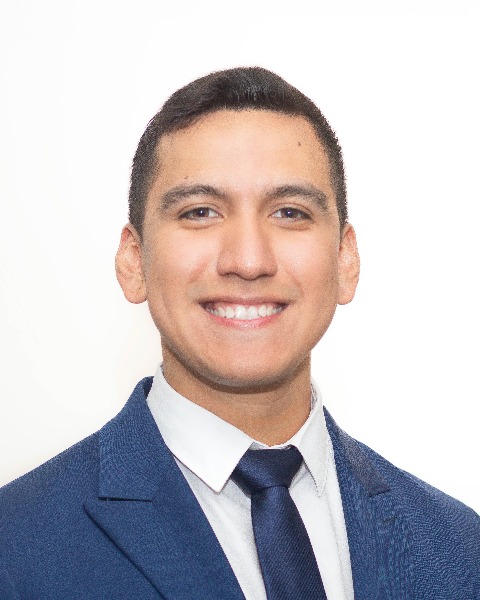Stereotactic and Functional
Optimizing Vagus Nerve Stimulation for Super Refractory Status Epilepticus: A Systematic Review

Diego Pichardo Rojas, MD
Research Associate
National Institute of Neurology and Neurosurgery
Mexico City, DF, MX
Presenting Author(s)
Introduction: Super Refractory Status Epilepticus (SRSE) is a life-threatening condition characterized by the persistence of status epilepticus when patients are weaned off Anesthetizing Anti-Seizure Medications (A-ASM) over a period of 24 hours. Vagus Nerve Stimulation (VNS) has been shown to be safe and efficacious in treatment of drug-resistant epilepsy (DRE). In this study, we explore the safety and efficacy of VNS for SRSE.
Methods: We assessed databases from inception to August 14th, 2024. We identified studies of patients who were implanted with a VNS as a surgical neuromodulation therapy for SRSE. We report on the patients’ etiology of SRSE, previous DRE diagnosis, VNS parameters required for SRSE resolution, and long-term outcomes. We included Case Series and Case Reports.
Results: Of 257 screened studies, 24 met our criteria, encompassing 34 patients (median age: 16, range: neonate to 67 years). Seventeen had prior DRE diagnoses. Days on A-ASM before implantation ranged from 2 to 420 (median 23, IQR 10.75-46.75). Median VNS output for resolution was 1.25 milliAmpere (mA) (IQR 1-1.75), with 1 mA being the most common setting (12/29, 41.37%). Time to reach therapeutic VNS parameters ranged from immediately post-surgery to 42 days (median 2, IQR=0-7). SRSE resolved in 88.2% (30/34) of cases, with a resolution time ranging from 1 to 63 days. At follow-up (42 days to 9 years), McHugh scores were as follows: 1 (16/28),47.1%), 2 (5/28, 14.7%), McHugh 3/28, 8.8%), and 4 (4/28, 11.8%)
Conclusion : Our findings highlight VNS as a viable option for SRSE, especially when other treatments have failed. Although limited to published cases, the data suggests VNS can achieve resolve SRSE. Reaching therapeutic parameters immediately after implantation appears to be safe. Further research is needed to establish standardized treatment strategies for SRSE.
Methods: We assessed databases from inception to August 14th, 2024. We identified studies of patients who were implanted with a VNS as a surgical neuromodulation therapy for SRSE. We report on the patients’ etiology of SRSE, previous DRE diagnosis, VNS parameters required for SRSE resolution, and long-term outcomes. We included Case Series and Case Reports.
Results: Of 257 screened studies, 24 met our criteria, encompassing 34 patients (median age: 16, range: neonate to 67 years). Seventeen had prior DRE diagnoses. Days on A-ASM before implantation ranged from 2 to 420 (median 23, IQR 10.75-46.75). Median VNS output for resolution was 1.25 milliAmpere (mA) (IQR 1-1.75), with 1 mA being the most common setting (12/29, 41.37%). Time to reach therapeutic VNS parameters ranged from immediately post-surgery to 42 days (median 2, IQR=0-7). SRSE resolved in 88.2% (30/34) of cases, with a resolution time ranging from 1 to 63 days. At follow-up (42 days to 9 years), McHugh scores were as follows: 1 (16/28),47.1%), 2 (5/28, 14.7%), McHugh 3/28, 8.8%), and 4 (4/28, 11.8%)
Conclusion : Our findings highlight VNS as a viable option for SRSE, especially when other treatments have failed. Although limited to published cases, the data suggests VNS can achieve resolve SRSE. Reaching therapeutic parameters immediately after implantation appears to be safe. Further research is needed to establish standardized treatment strategies for SRSE.

.jpg)